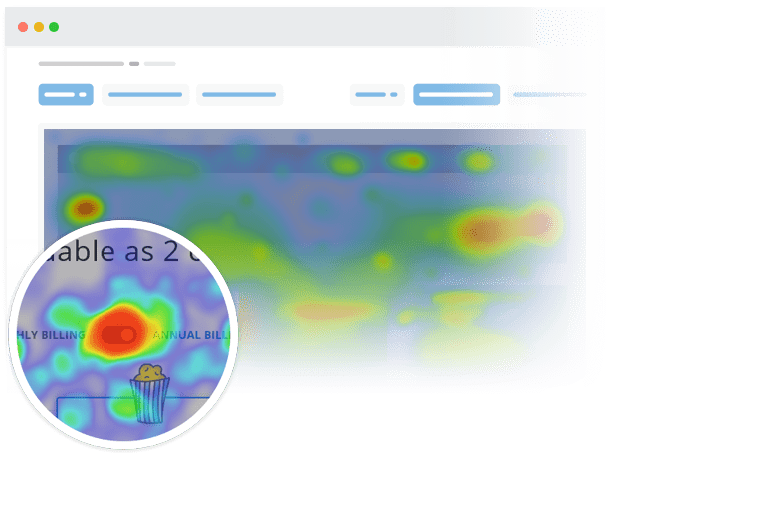An e-shop or a website without a user-friendly interface is like a body without a soul. User interface can be understood as the behaviour and appearance of the web’s individual parts.
UX Design
The visitors to your web are in their element. They understand the web’s structure, the menu is easy to use, they know where to look for information, how to use the forms, and can tell the difference between links and regular texts. In case of an e-shop, they know where to find the shopping basket, how to place goods in it, how to order the goods and pay for it.
The process of UX Design
To accomplish the above-mentioned easy and comprehensible usability and to make sure visitors have the proper experience with your web, we must follow proper UX design principles and methods during the process of the web’s creation.


UI vs UX Design
UI and UX design are very similar terms. However, there’s a subtle difference which isn’t always immediately clear to everyone.
Let’s imagine UI (user interface) as a way of controlling a service or product, or as the appearance of the service or product. For example, a glass ketchup bottle is mostly a matter of design; it makes the ketchup difficult to pour.
On the other hand, let’s imagine UX (user experience) as the experience, impression, emotion, or feeling the user has with regards to a specific service or product. A plastic ketchup bottle, e.g., is mostly about an experience; the feeling of squeezing the ketchup out is stronger than if you’re pouring it.
User behaviour
Are you interested in knowing how visitors of your web behave? Do you want to know what they click on the most often, how far they scroll, or which page interests them the most? These and other questions can be answered thanks to our statistics collection oriented services, or our more complex tools intended for testing and enhancing websites. The tools most frequently used to monitor user behaviour in the Czech environment include Google Analytics and Smartlook.


